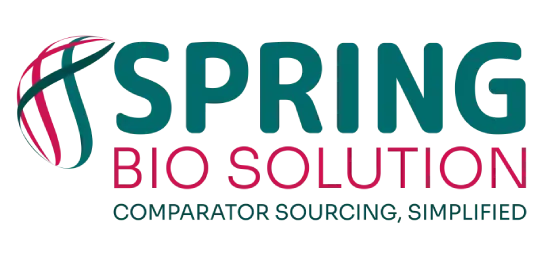Human skin is capable of transporting drug substances across the skin into the blood circulation. This is known as percutaneous absorption and is an alternate route to deliver drug substances that are likely to be deactivated by gastric juices. It is also an efficient route of delivery for extremely small amounts of drug substances as well as for those drugs that can be transported easily to target organs that are in close proximity for the percutaneous delivery. Transdermal dosage forms represent a significant advancement in pharmaceutical technology, offering a non-invasive and convenient method of drug delivery. These innovative formulations are designed to administer medications through the skin, providing a controlled and sustained release of drugs into the bloodstream. Transdermal patches, gels, creams, and ointments are among the various forms used to deliver a wide range of medications, from pain relievers to hormone therapies. The appeal of transdermal dosage forms lies in their ability to bypass the gastrointestinal tract, reducing potential side effects associated with oral medications, and offering patients a simpler dosing regimen.
Pharmaceutical manufacturers involved in the novel drug delivery systems are important stakeholders in developing and producing these transdermal dosage forms, ensuring they are formulated, packaged, and labeled correctly. Pharmaceutical manufacturers conduct extensive research and development to create effective and safe transdermal products, meeting regulatory standards and market demands. Global clinical trials may include studies of transdermal dosage forms to assess their efficacy and safety in diverse populations across different regions of the world. Global clinical trials often involve evaluating these transdermal dosage form in various countries to gather data on its efficacy, safety, local tolerance and its clinical acceptability in different ethnicities and environmental conditions.
Here are some common types of transdermal dosage forms:
- TransdermalPatches: These are the most common type of transdermal dosage form. They consist of a backing layer, a drug reservoir, an adhesive layer, and a release liner. The drug is contained within the reservoir, and it slowly diffuses through the skin into the bloodstream over a specified period of time. Examples include patches for nicotine replacement therapy, hormone replacement therapy, and pain management (e.g., fentanyl patches).
- TransdermalGels: Gels are semisolid formulations that contain the drug and are applied to the skin. They provide a controlled release of the drug through the skin over time. Transdermal gels are often used for hormone therapy, such as testosterone or estrogen replacement.
- TransdermalCreams: Creams are also semisolid formulations, but they are typically less viscous than gels. They are applied to the skin and slowly release the drug. Examples include creams for pain relief, anti-inflammatory drugs, and some dermatological conditions.
- TransdermalOintments: Ointments are similar to creams but have a greasier texture due to their higher oil content. They are applied to the skin and provide a barrier that helps the drug penetrate into the skin layers. Ointments are commonly used for local pain relief and dermatological conditions.
Advantages of transdermal dosage forms include:
- Controlled and sustained drug delivery, leading to consistent blood levels of the drug.
- Bypassing the gastrointestinal tract, which can reduce issues like stomach upset and first-pass metabolism.
- Improved patient compliance due to ease of use (especially with patches).
- Avoidance of frequent dosing, as some transdermal formulations can be applied once daily or even less frequently.
In conclusion, transdermal dosage forms offer a valuable alternative for drug delivery, providing controlled and sustained release of medications through the skin into the bloodstream. These formulations, including patches, gels, creams, and ointments, offer several advantages such as consistent blood levels, improved patient compliance, and avoidance of gastrointestinal issues. However, they also come with considerations such as the suitability of drugs for transdermal delivery, potential skin reactions, and the need for enhancers in some cases. Despite these challenges, transdermal dosage forms continue to play a significant role in modern medicine, offering convenience, efficacy, and therapeutic benefits for a wide range of conditions.




